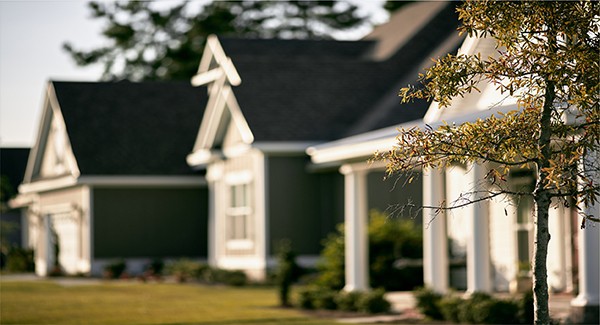I recently conducted a webinar concerning association liability for the criminal acts of third parties. It was pretty well received, so I am going to provide the abbreviated version here.
Associations are not immune from criminal intruders and crimes against residents. This can include theft from cars, vandalism of cars, burglary of units, muggings, robbery, and much, much worse.
Nationally, there have been only a handful of cases regarding the responsibility of an association to residents for criminal acts of third parties occurring within the association. Based on all of these cases, that rely heavily on decisions in landlord-tenant cases, a very clear rule and clear exceptions have emerged.
Under the general rule in Illinois, an association does not owe residents a duty to protect them from criminal acts of third parties that occur on the association premises. This is good news. This general rule is based upon the principle that the association is not an insurer, and that an association cannot be held liable to the residents for harm done by every criminal intruder.
However, don’t be lulled into a false sense of “security” by the general rule. There are, in fact, three exceptions to the general rule, and the exceptions seem to overshadow the general rule. If any of the exceptions are triggered, the association may be found liable for criminal acts.
Under the first exception, the association may be liable to residents if the criminal activity of a third party occurred because of a condition of the association premises.
Examples of condition of the property that could give rise to criminal activity are: broken common area door locks, locked common area doors that don’t close all the way, broken buzzer entry system; broken automatic garage door opener/closer (that keeps door open, or open too long after a car enters or exits); holes in perimeter fence, and burned out lighting in parking lots and garages. These conditions all give rise to opportunity for criminal access to the association property, or criminal conduct within the association.
Associations should guard against deteriorating conditions of common areas that may allow criminal activity to take place. At the minimum, the association must inspect the common areas from time to time, and keep them properly maintained if there is a problem. If the association has notice of crimes being committed on the association property, the means used in committing it, and that the crime could happen again in the same fashion, the association owes residents a duty to guard against the subsequent crimes.
These steps may include installing additional lighting, or additional security measures (such as buzzer entry or television monitors for example in a garage where there have been break-ins to vehicles), or other necessary precautions.
Under the second exception, the association may be liable to residents for the criminal activity if the association attempts to safeguard the premises, but does so negligently.
If the association voluntarily provides a security guard or security service, the association may be liable for criminal actions of third parties if the guard or service performs negligently (e.g., watching a movie when they should be on patrol).
If the association has a doorman, the board should establish strict procedures for admitting nonresidents into the building. This might include stopping all visitors to the building and making sure that a resident authorizes the visitor’s entry. That is, the doorman should inquire who the guest is visiting, call the resident to advise that his guest has arrived, and seek the residents “OK” to admit the guest.
Under the third exception, the association may be liable to residents for the criminal activity if its own acts create a hazard that did not previously exist.
Associations should avoid creating an environment where a crime can be committed. Landscaping can add curb appeal to a property. However, overgrown landscaping can create a hazard that permits crime; these overgrown landscaped areas can be hiding places for muggers, or camouflage break-ins. Associations should keep bushes trimmed near building entrances and parking areas.
To recap, associations generally are not responsible for criminal acts of third parties committed within the association. However, an association may be liable if a condition of the premises gives a criminal access to the property, or if the association provides security and performs negligently, or if the association creates a condition on the property that gives rise to criminal activity.
Originally published in the Daily Herald (September 29, 2012).
Since 1983, KSN has been a legal resource for condominium, homeowner, and townhome associations. Additionally, we represent clients in real estate transactions, collections, landlord/tenant issues, and property tax appeals. We represent thousands of clients and community associations throughout the US with offices in several states including Florida, Illinois, Indiana, and Wisconsin.
If our law firm can be of assistance, please call 855-537-0500 or visit www.ksnlaw.com.
This article is made available by the lawyer or law firm publisher for educational purposes only as well as to give you general information and a general understanding of the law, not to provide specific legal advice. By reading this article you understand that there is no attorney client relationship between you and the article author. This article should not be used as a substitute for competent legal advice from a licensed professional attorney in your state. © 2023 Kovitz Shifrin Nesbit, A Professional Corporation.

